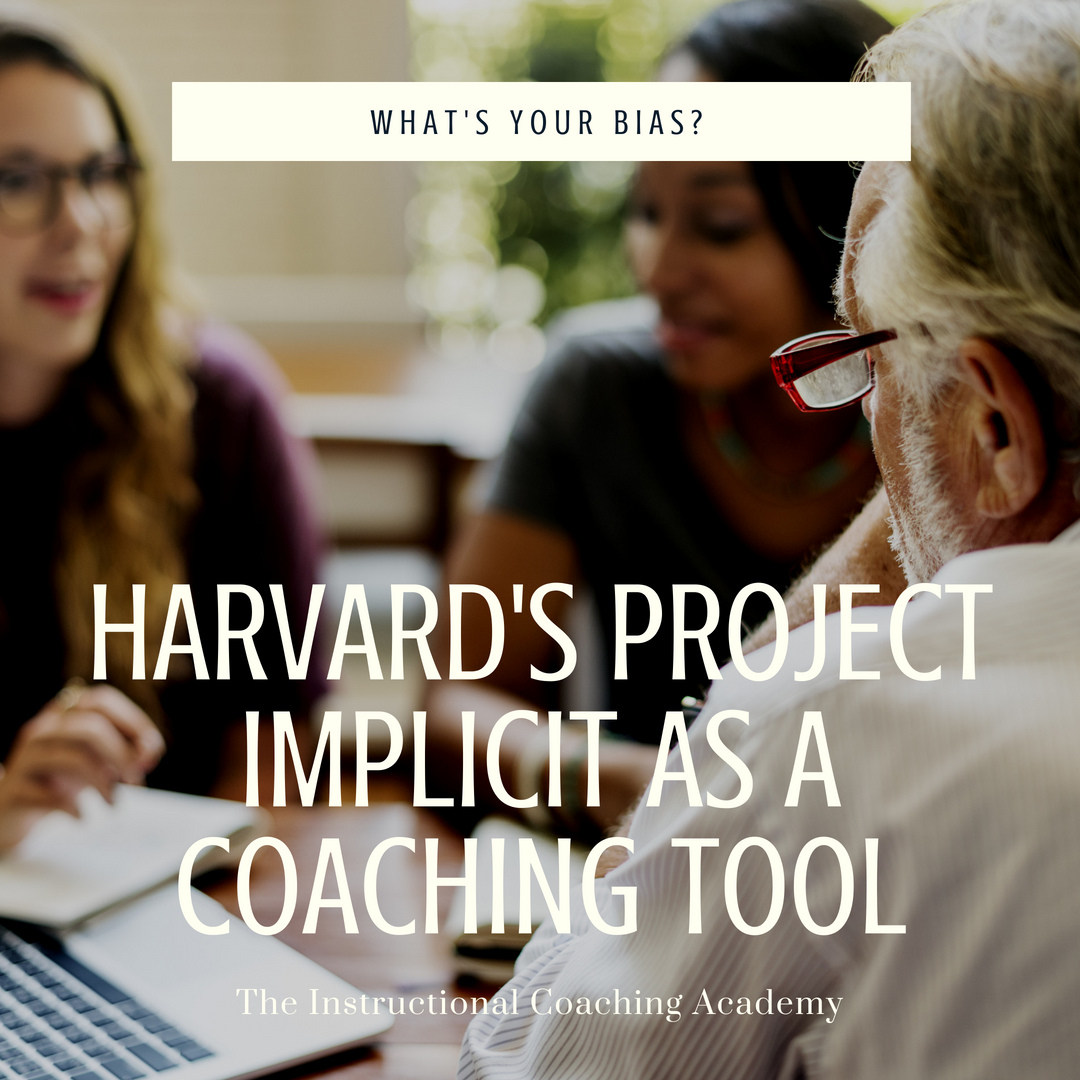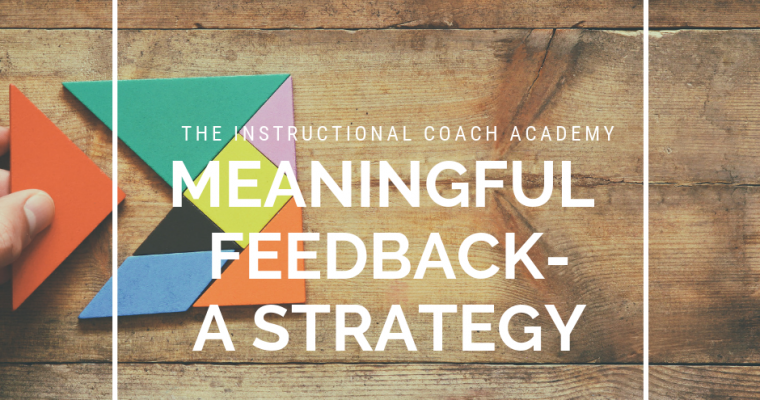Harvard’s Project Implicit is an on-going research project collecting data on implicit bias through a series of online quizzes.
Anyone can anonymously attempt as many quizzes, on as many topics, as many times as desired. Demographic data is optional and results are provided with explanations and an overview of the project’s current finding.
This year, one of the activities I conducted with my teachers was based on Project Implicit.
I selected this activity for several reasons.
- Community building: successfully engaging in an activity like this builds a sense of collective responsibility and trust among staff.
- Assumptions surfacing: as a staff working with a unique and still largely undefined population of adult students, it is especially important that we are highly aware of our biases and work to proactively address them.
- Culture: activities requiring a high level of honesty and trust build a culture based on trust and rooted in continuous improvement.
- Awareness: reflecting on our assumptions and biases helps bring self-awareness.
Below is a description of how I conducted this activity.
- I began by informing the group that what we would be doing was designed to be uncomfortable.
- We read a quotation about assumptions and biases and discussed the impact of biases in the classroom.
- I explained that this was a no blame, no shame environment because implicit bias is inherently unknown.
- I modeled navigating the Project Implicit website, including taking part in a quiz publicly.
- Teachers were asked to select TWO quizzes on topics where they felt confident they had no bias and TWO on topics where they were concerned or curious about their potential bias.
- We spent about an hour taking as many quizzes as possible.
- Teachers recorded the results.
- At the end of the allotted time, I asked teachers to share.
The response to this exercise was remarkable. As a group, we had strong discussions about the potential impact of teacher biases on students. No one denied the existence or importance of such implicit biases. We talked about the negative impact assumptions, even positive assumptions can have on students when left unexamined.
Teachers were thoughtful in their selection of which quizzes to take. Despite some obvious discomfort, we all made a significant attempt to be as honest as possible when answering the questions.
Many shared specific results they found surprising in a positive way. Some talked about how the results they got mirrored things they had been told by family and friends, but never really believed. Several were shocked that the results in the areas about which they had the most concern revealed little or no bias. On the other hand, some were shocked by the results in areas they felt confident they had no bias.
I conducted this exercise with three groups. Only one person was genuinely upset and resistant to the results of any particular results.
As a group, we talked about what we can do with these results. Does this mean I am a bad person? How do I change my implicit biases? Who else found out something similar about themselves?
We discussed the idea that the results are not infallible proof and don’t disparage our character or positive intentions. This exercise is meant to provide food for thought. I told them I wanted them to be more conscious of potential bias and more intentional in reflecting on why they react to student behaviors or some types of students in specific ways. The goal is awareness. Awareness is what allows action and leads to growth.
At the end of the day, participants completed a brief anonymous survey. In it, they identified a small number of specific action steps they could take. I encouraged them to identify a colleague to work with as an accountability partner.
I don’t know how many will follow through. I don’t know how many really invested in this exercise. I can say that the conversations were real and raw. I can say the level of trust was high. At the end of the session with the last group, one teacher and I were talking on our way out. She said, “I know I can be a little close-minded and I want you to know I really appreciated how you challenged my thinking today. I need that.” She thanked me, but her comment was all the thanks I could possibly need.
I know I can be a little close-minded and I want you to know I really appreciated how you challenged my thinking today. I need that. Share on XBest of all, I have heard about this session from someone every day since. Several people have reported taking additional quizzes. Some have mentioned asking family and friends to take them too. It has been an on-going topic of discussion. When it comes to identifying and addressing implicit biases, making it an on-going topic of discussion is the best possible outcome.
As the year progresses, I am planning to revisit this exercise. My teachers and I will develop personal coaching plans. This exercise will be part of that discussion. In a few months, I will ask teachers to retake some Project Implicit quizzes and we will discuss any changes in the results.
Project Implicit is a window into a difficult subject. I am excited about the research aspect and I am excited about the potential it has to enrich my instructional coaching this year.


